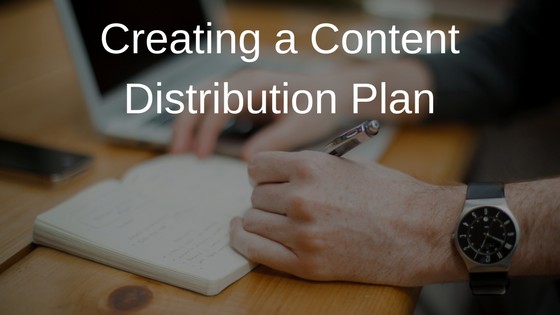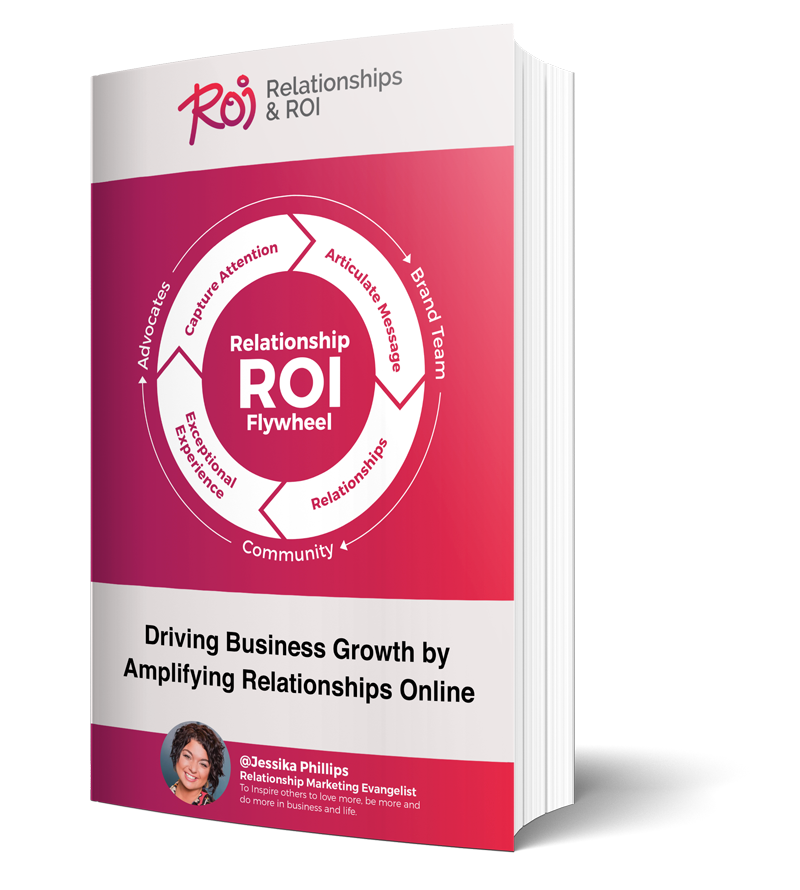You’ve written your content. Now you need to get a plan in place to broadcast it. Our guide will help you get started with content distribution.
Once you have content - blogs, videos, or images - you need a way to start spreading it across the web. Social networks are the main place you’ll want to spread your work. Facebook, Twitter, Instagram, YouTube, LinkedIn and other channels, will allow your audience to keep up with what you’ve been working on.
You first need to decide who you want to see your content. Dive into your ideal audience's traits and interests to learn where they like to hang out online. The best way to do this is to create buyer personas. Find out more here. It could be Facebook, or it could be Snapchat. Based on where they like to browse, you can understand where to blast your blogs and videos. Most likely, you’ll need to hit a couple of social platforms to reach your whole audience.
Different networks require different posts
What works on Facebook isn’t going to go over well on Twitter. The platforms are two separate entities with their own cultures. You may need to post your content on both, but how you do so will be different. An apt metaphor is that Twitter is a fast food restaurant and Facebook is a sit-down restaurant.
And, you should have different purposes for each platform. Why are you on Facebook? Or Twitter? Your audience will be different on each channel. Customize the message based on their interests and your goals.
Let’s say you have a video you create once a week. You could create a blog from that, and then on Twitter share snippets of the blog in a series of tweets. This could get you as many as 10 tweets from one blog or video. You now have three pieces of content you can share.
Consistency is key
To build anything you have to give it time and be consistent. Social is the same. If you have weekly features, share them the same time every week. That will help build a following. Once you have done so, they will know when to look for your updates because you are posting consistently.
But just because you posting often and posting consistently, that doesn’t mean ever post has to be original. You can share the same blog several times a week as long as you’re changing the message. You can also use the 10:4:1 rule to source posts. Learn more here.
Plan your posts out ahead of time
We know you’re busy trying to run a business. It would be impossible to create real-time posts several times a day. So, in order to ensure you post as often as you need to keep your audience engaged, you’ll need to plan posts ahead of time. We like to work a month in advance. Our account managers work in Google Docs to write posts, then schedule them out using a social media management tool. Learn more here.
You can also plan collaborations with others. Collaborating is a great way to include others thoughts and opinion. For example, you could create a blog by asking five experts their opinion on a topic. The write the introduction and the conclusion, and you have a post that didn’t involve a lot of time on your part. A major plus is that most likely, the experts will want to share your blog, increasing engage and reach.
A part of this plan is to use evergreen content wisely. Evergreen content is the stuff that will be good five years down the road. It’s always fresh, always useful and people will be searching for it repeatedly. In our industry, it’s a topic like how to set up a blog. This has been the same for five years and is likely to continue to be relevant years to come.
Check how you’re doing with Google Analytics
Once you have a rhythm, you need to check in and see how everything is working. If you’re pushing out content, but seeing no increase in traffic, you need know so you can begin to tweak what you’re doing. Google Analytics will tell you where your traffic is coming from and how long they are staying there.
Analytics can really put the finger on the pulse of what’s happening. For example, you can set up alerts for traffic decrease. This way you know if something has happened and can be on top of it. Once you understand these things, you can begin to try new things or continue doing what is working.
That’s the basics of setting up your content distribution plan. If you want more information, check out our Training Tuesday video, where we dive into this topic with Jessika Phillips, Cheval John, and Christian Karasiewicz.




Comments